From the love of delicious, juicy fruits to the well-manicured trees and vines, this is a fantastic opportunity worth experiencing. There are lots of great reasons why planting and nurturing an orchard is a wonderful experience worth convincing a non-believer.
In this article, we will explain the concepts, benefits, and some of the challenges a farmer encounters while starting orchard farming. It is an interesting process where you will appreciate the beauty of fruit trees and the incredible benefits of having a fruit orchard on your farm.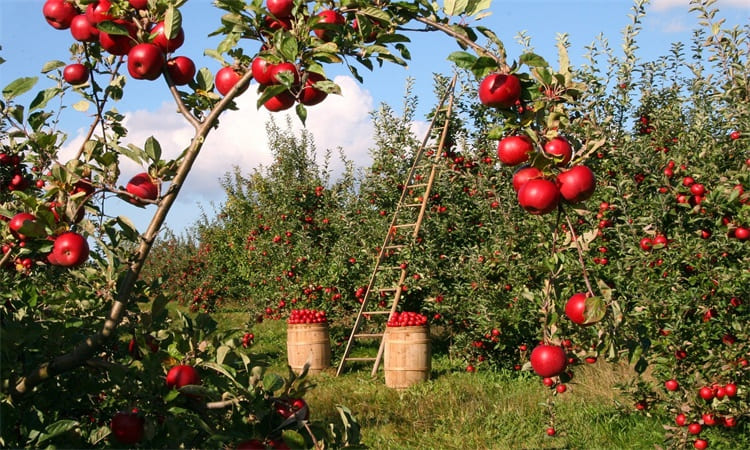
Orchards have played an important role in the community today and in the past. For centuries, community orchards have provided a focal point for human interaction with nature, where they work together abundantly to reap bountiful fruit harvests. Along the way, many customs, traditions, and fruit varieties have developed. Due to global commercialization, orchard farming has evolved to much greater heights.
Starting Out: 5 Basics of Planning Your Orchard
Here, we will touch on the main steps required to start a thriving orchard and achieve the orchard farming business of your dreams. Let’s transform your architectural landscape into a beautiful orchard. Here we go!
Step 1: Regional Climatic Considerations
Some areas of our cities have become “no grow zones” or “food deserts,” where fresh, quality fruit and vegetables are hard to find. Therefore, location is paramount in such a business. Some regions experience harsh climatic changes such as too much rain, sunshine, or cold, which might be unsuitable for certain fruit tree varieties.
Step 2: Land Selection and Assessment
Another crop growth attribute of an orchard farm is soil properties. Get a professional technician to test your land soil for pH levels, moisture content, soil profile, and organic content. Most fruit trees thrive in soils that are slightly acidic and neutral in pH.
By definition, a fruit orchard is a collection of fruit-producing trees. Land use and selection are paramount in orchard farming. Check for factors such as land slope and wind direction. Wind facilitates pollen transfer from one tree to another. It has a key attribute to fruit formation. On the land slope, this checks on proper farm drainage and land utilization, where you can incorporate farm implements and other plant nurturing techniques such as fertilizer application, herbicide spraying, and pruning of the trees.
Step 3: Choosing the Right Fruit Varieties
As a fruit farmer, you need to know the latest fruit farming trends. Therefore, ensure that you utilize the internet and government bodies to the fullest. Choosing the right fruit variety might come with many challenges, even for an experienced farmer. Key considerations should be climate, time of growth, and maturity, among others. We will also look at capital investment later on because it is a crucial influence when deciding the best fruit variety and types to settle on in orchard farming.
Step 4: Orchardscape Planning and Layout
Planning and laying out require a well-managed process. Fruit trees need adequate sunlight exposure for at least six hours for the proper development of healthy fruits. Firstly, ensure that there is free space between each tree. Obstructions and buildings should be out of scope. Trees need room for their root systems to develop and spread out. This reduces competition with each other for nutrients in the soil.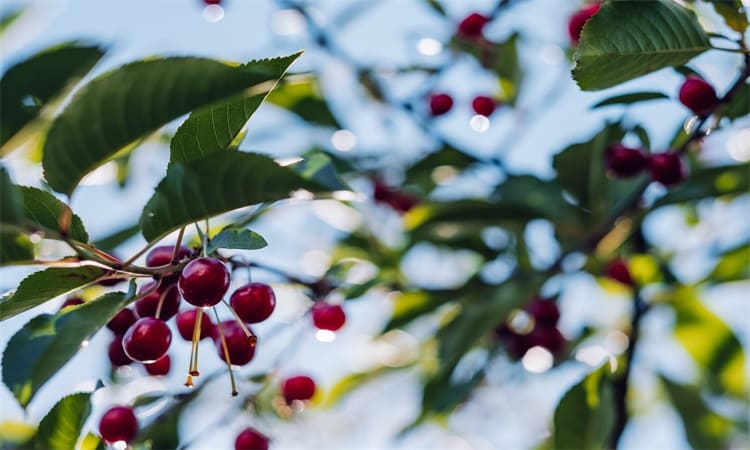
Secondly, consider having enough room between rows of trees to mow the grass and tend to the trees. Lastly, the land should have less moist or swampy conditions. Excessive damp conditions cause diseases and pests that interfere with the fruit tree development process.
Step 5: Capital Investment
Perform an analysis of the best orchard fruits by researching the most profitable ones in terms of production and market demand. A good website is BootstrapBee, which offers invaluable information on the most valuable orchard crops. For better results, plan your expenses well.
Patience is also a critical factor in the success of orchard farming because fruit trees take years to mature. But with modern agrotechnology, scientists have come up with tree varieties that can mature in less time.
Cultivation Techniques: Growing and Nurturing Your Orchard
Now comes the fun part – actually bringing your orchard to life! Here’s how.
Step 1: Planting of Trees
Understanding how a tree seedling grows into a mature tree is critical to the success of an orchard. Make seedling holes to the correct specifications in terms of depth and spacing, where the roots will grow well, hence allowing the production of healthy fruit trees. Timely planting is essential, as the tree requires the best circumstances for development, with the best period being early spring or late winter.
Step 2: Soil Management
Soil conservation measures are widely encouraged globally, with bodies such as UNEP working towards these goals. Mulching allows the soil to have its particles compacted by preventing splash erosion. The application of organic and synthetic mulch is permissible where it facilitates plant growth by allowing moisture conservation, weed suppression, and soil temperature regulation.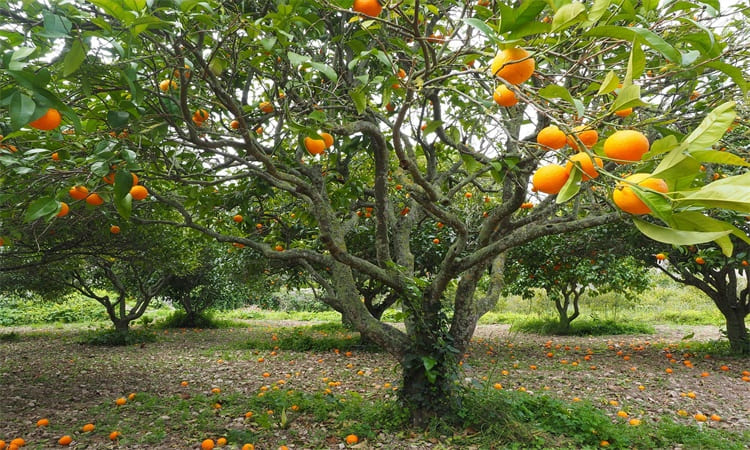
Step 3: Watering
Orchard trees, unlike other types of trees, require adequate water supply, especially during the fruit development stage. If your orchard is in an arid area, irrigation is handy. Drip irrigation is a standard method applied in orchards. Develop a water application schedule for the best water economy to aid in proper and consistent water application.
Step 4: Integrated Pest and Disease Management (IPDM)
Early detection of pests and diseases in your fruit trees is crucial. Constantly monitor for signs of infestation and infection. A holistic approach via integrated pest and disease management will allow you to use chemical, biological, and physical measures for pest and disease control, thus safeguarding your investment.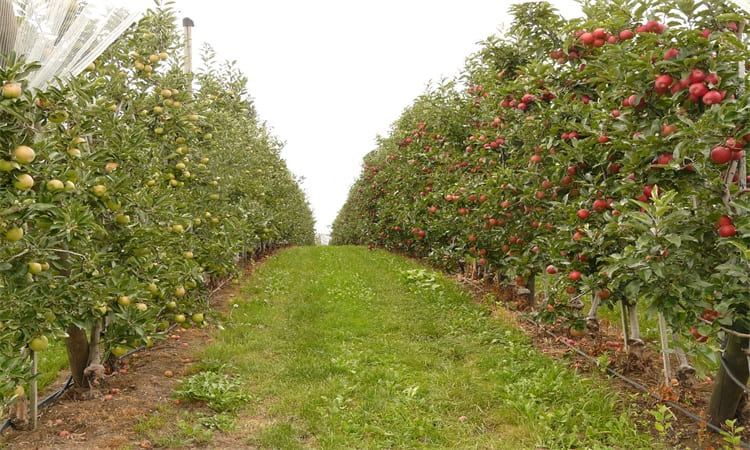
Step 5: Pruning and Training
Pruning is a fundamental process in orchard farming that promotes free air circulation, stem and branch growth and development, and enhances the tree structure for optimal fruit production. Training is the shaping of a young tree or making it follow a certain pattern during its growth stage to facilitate space utilization and proper growth. Precautions and the right tools are mandatory to allow for appropriate pruning because damaged trees are the unfortunate result of improper techniques.
Making Profits: Reaping the Fruits of Your Labor
An orchard isn’t successful until you get something out of it. Never stop working!
Step 1: Harvesting
Now, it is harvesting time! Each tree has its own indicators of fruit ripeness. Observe these signs to harvest the fruits with optimal quality. Get familiar with the task to avoid losses due to overripening, underripening, or going bad on fruits. Proper storage facilities and optimum conditions are essential for a bountiful harvest. Ensure that you have provisions for these, and if not, propose to sell the fruits immediately after harvest.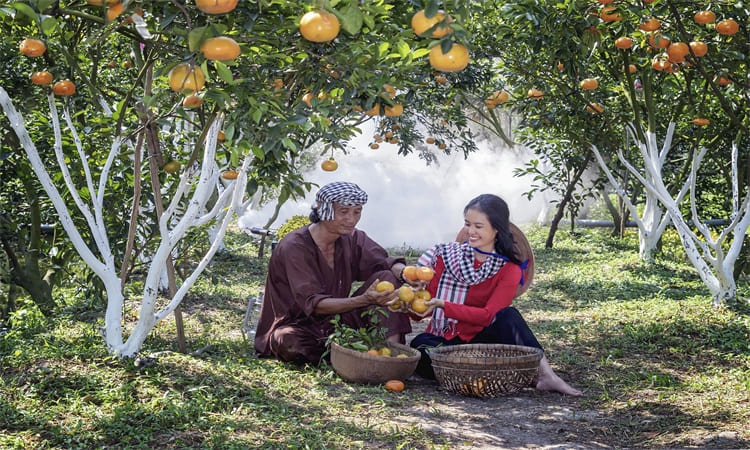
Step 2: Record-keeping
Unleash the secretary and accountant in you. Proper farm records are essential for the best profit-and-loss computations in the orchard business. Create record books, either physically or digitally, to allow for better business records. This information is valuable when it comes to making informed business decisions.
Step 3: Marketing Your Fruits
Branding and marketing are essential to successful businesses. Ensure that you have a good rapport with the local community for a start before getting to the far-reaching markets. Market your business to local stores, supermarkets, and stores. Embrace digital marketing to reach out to a far-flung clientele. Come up with unique logos, brand names, slogans, and marketing strategies to reap the fruits of your hard work on the farm.
Want to go the extra mile? U-Pick events are suitable for community engagement, where the general public will have a chance to harvest the fruits from your orchard and see the essence of orchard farming. Community Supportive Agriculture (CSA) models allow people to purchase your products before harvest. These two community engagement programs will foster good relations between you and the community at large. They’re also excellent marketing strategies!
Step 4: Continuous Learning and Expert Advice
As you understand, making a new business profitable comes with a lot of work and dedication. Ensure you build networks with other orchardists, research intensively, and constantly update yourself with the latest trends in the horticulture business. Use technology and mobile applications to achieve this and be a modern orchardist.
Step 5: Future Expansion
Are you planning to add more fruit trees or build another new farm elsewhere? Some fundamental factors you should consider include embracing open-mindedness, community engagement, and seeking expert advice. If you are new to orchard farming, we advise you to seek professionals who will guide you through the farming process, such as selecting the best fruit varieties, best farming practices, and best markets for your products.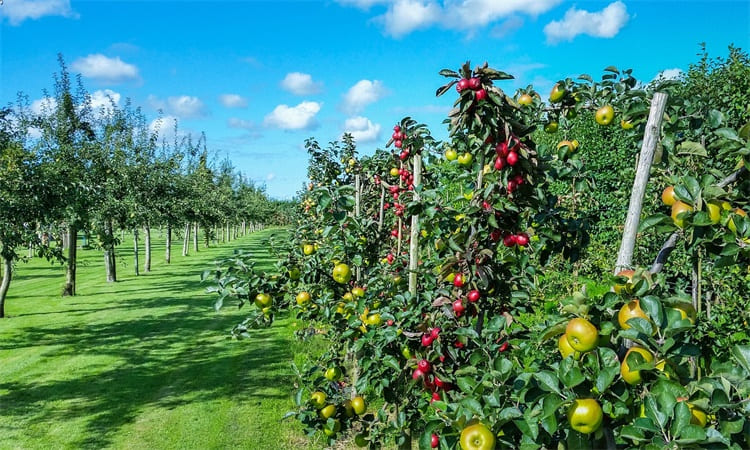
Final Thoughts on Starting a Fruit Orchard
Your orchard is your success story. Orchard farming is a fun and exciting experience where you get the experience to live off the land. Importantly, plan carefully and adequately before investing in the business. Do not despair, but keep forging because this is an exciting business requiring hard work and patience. An orchard takes time to grow, but with proper planning and management, you will reap the fruits you sow!



